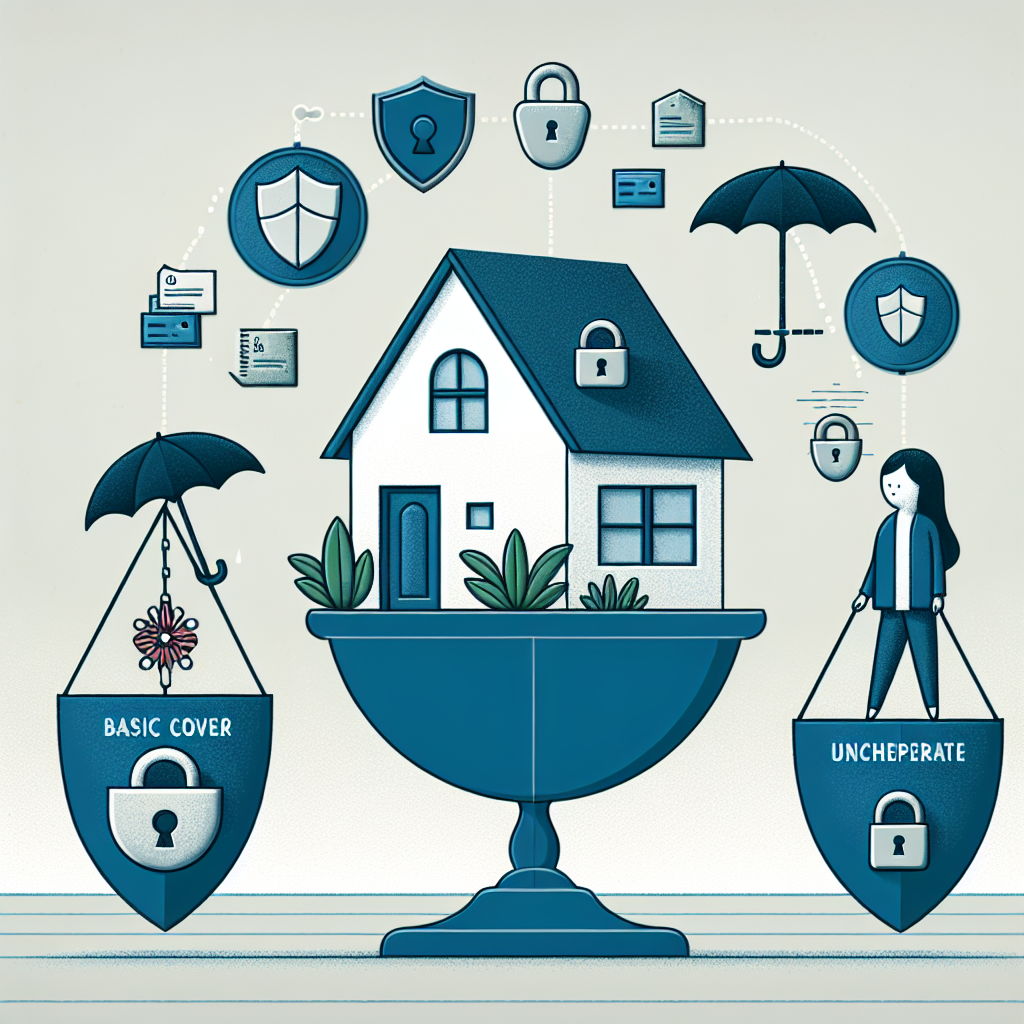Filed under Business Insurance on
Understanding Costs of Non Medical Home Care Insurance

When considering options for elder care or assisting someone with daily living activities, non-medical home care services often emerge as a preferred choice for many families. As the demand for such services grows, so does the discussion surrounding the costs of non-medical home care insurance. Understanding these costs is vital for making informed decisions and planning financially responsible care solutions.
What is Non-Medical Home Care Insurance?
To fully comprehend the costs associated with non-medical home care insurance, it’s essential first to understand what this insurance covers. Unlike traditional health insurance, non-medical home care insurance is designed to assist individuals who require help with everyday tasks. This insurance typically covers services like bathing, dressing, meal preparation, and even companionship, rather than medical services like nursing or therapy.
As life expectancy increases and the desire for in-home care rises, so does the necessity for insurance plans that cater specifically to non-medical needs. Acquiring such a policy can alleviate financial burdens and provide peace of mind knowing that there’s a safety net in place for loved ones needing assistance.
Factors Influencing Insurance Costs
Age and Health Status
One of the primary determinants of the cost of non-medical home care insurance is the age and health of the individual. Insurers typically assess the likelihood of an individual requiring care based on their age and existing health conditions. Younger, healthier applicants often enjoy lower premiums, while older individuals or those with existing health concerns may face higher costs.
Coverage Amount and Duration
The level of coverage and the period for which it is intended also impact the premiums. A policy offering extensive benefits or covering longer durations will naturally be more expensive. Some policies provide lifetime coverage, while others may be more limited in scope, affecting the overall cost of premiums.
Location
Geographical location is another factor influencing the cost of non-medical home care insurance. Services in urban areas are typically more expensive than in rural regions, primarily due to the higher living costs and wage discrepancies for caregivers.
Policy Features
Insurance policies often offer additional features or riders that can be added on to enhance coverage. These might include inflation protection, which adjusts the benefit amount to counteract the rising costs of care over time, but such options can increase the insurance cost significantly.
Understanding the Financial Implications
Given that non-medical home care insurance costs can vary widely based on several factors, it’s imperative to consider the broader financial implications. The goal is to balance immediate affordability with long-term need and coverage adequacy. To avoid unexpected financial strain, consider the assets available for elder care, potential future income, and family circumstances.
- Budget Planning: Start by assessing the budgetary constraints and weigh them against the expected coverage needs. An accountant or financial planner specializing in elder care can offer invaluable advice.
- Comparing Quotes: Take the time to compare quotes from multiple insurers. Differences in pricing can be significant, and a careful comparison can lead to substantial savings.
- Understanding Terms: Ensure complete understanding of policy terms, including cancellation clauses, premium increases, and benefit triggers.
Recent Industry Trends in Non-Medical Home Care Insurance
The landscape of non-medical home care insurance is continually evolving. With an increasing number of providers entering the market, there’s been a noticeable shift in competitive pricing and a broader range of coverage options to meet growing consumer demands.
Technological Integration
One of the significant trends affecting the cost and nature of insurance plans is the integration of technology. Many providers are now utilizing telehealth and monitoring devices, offering policyholders additional safety features and in some cases, reducing the overall insurance costs.
Growing Customization
Insurers are moving towards more personalized coverage models, allowing greater flexibility in plan offerings. This customization can play a crucial role in controlling costs as clients can eliminate unnecessary coverages and only pay for what is needed.
Increased Awareness and Education
As awareness of non-medical care needs grows, insurance companies are focusing on consumer education. This trend not only helps potential policyholders make informed decisions but also fosters a more transparent understanding of cost justifications and insurance benefits.
Expert Opinions on Managing Costs
Industry experts continuously emphasize the importance of proactive planning when managing the costs of non-medical home care insurance. By taking a thoughtful approach, it's possible to reduce financial pressure while securing comprehensive coverage.
- James Carter, Elder Care Analyst: "Planning early is the key to managing non-medical home care insurance costs. Starting in your late 40s or early 50s can significantly reduce premiums, as age is a critical factor in pricing."
- Emily Robinson, Financial Advisor: "Review your policy regularly to ensure it still meets your needs. Life changes such as moving to a new area or a shift in financial situation can affect the cost-effectiveness of your plan."
- Natalie Chen, Insurance Specialist: "Don’t underestimate the power of negotiation. There’s often room to negotiate better terms or premiums, especially if you’ve been a loyal customer."
Steps for Securing a Cost-effective Policy
Sourcing a cost-effective non-medical home care insurance policy requires diligence and strategic planning. Follow these steps to enhance your chances of securing a favorable deal:
- Assess Your Needs: Evaluate which services you or your loved one will require most frequently, and seek policies that cover those aspects adequately.
- Seek Professional Guidance: Engage with insurance brokers or financial advisors who specialize in elder care insurance to guide you through the complexities of choosing suitable coverage.
- Regularly Re-evaluate Needs: As situations change, revise the policy ensuring that it continues to fulfill its purpose without incurring unnecessary costs.
Conclusion
Understanding the costs of non-medical home care insurance is crucial for ensuring that loved ones receive the care they need without undue financial hardship. By staying informed about the factors that influence these costs, keeping abreast of industry trends, and heeding expert financial advice, families can secure comprehensive and cost-effective coverage. Throughout it all, remember that early planning and regular policy evaluation are the cornerstones of managing these insurance costs effectively.





